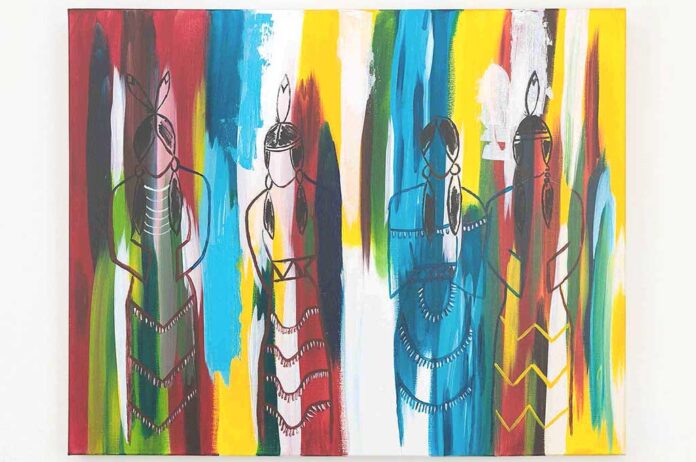
It’s important to remember our history, particularly the parts that may be unpleasant.

That is at least part of the motivation behind the Tualatin City Council’s move to draft and adopt a formal land acknowledgement that will recognize the region’s Indigenous people and their history of displacement by American settlers during the nineteenth century and beyond. A draft land acknowledgement statement being developed by Tualatin is aimed specifically at recognizing the way in which the Atfalati and Kalapuyan tribes were displaced during the latter part of the nineteenth century after Oregon formally gained statehood from the federal government. It’s a history that, until very recently, has largely been ignored by public schools and local and state government. But that’s beginning to change, thanks in part to an initiative spearheaded by the U.S. Department of Arts and Culture and inspired by similar movements in Canada, Australia, New Zealand and other countries with similar histories of colonialism.
“The discomfort of whites is not intended to be divisive, but an opportunity to recognize the feelings of Indigenous community members and hopefully inspire future actions,” Tualatin Parks and Recreation Committee member Beth Dittman said at the Nov. 5 city council meeting.
The land acknowledgement currently under development is intended to be read aloud at public and community events and will generally be used to guide future City actions so that they are respectful of Indigenous history. It is the first step in recognizing how the land in the City of Tualatin was acquired, a process that included both ratified and unratified treaties between local tribes and the U.S. government. Included in these are the 1850 Oregon Land Donation Claim Act, unratified treaties of 1851 and 1854 and the Dawes Acts of 1887, which led to the forced removal of tribal members from their ancestral lands.
Current members of both the Atfalati and Kalapuyan tribes are today represented by the Confederated Tribes of the Grand Ronde and the Confederated Tribes of the Siletz. Both played an important role in developing a draft land acknowledgement statement. Additional work will be carried out in the coming months to finalize the statement and lay out a process for continuing public education surrounding Indigenous history, Dittman said.
“We’d like for this to be something you use citywide,” Dittman said. “We also recognize that might take some dialogue and discussion amongst you before there is a level of comfort around that.”
Councilors expressed unanimous support for the effort.
“I’m hearing that folks are very supportive of the effort and that we want to accept the work that has been done,” Mayor Frank Bubenik said. “It sounds like we want to hand this off to our ad hoc DEI committee, get more community input and then circle back with what their recommendations are and then eventually have a land use acknowledgement.”
Draft Acknowledgement:
As we gather in community, we welcome everyone here with open hearts and minds. We offer gratitude for the land and our opportunity to be here today. Let us pause to acknowledge our presence on the unceded homelands and waters of the Atfalati (“at-fall-uh-tee”) Kalapuyans (“cal-uh-poo-yuns”). Today, they are represented by the Confederated Tribes of the Grand Ronde and the Confederated Tribes of the Siletz. It is our duty to acknowledge the generational impacts of settler colonialism, forced displacement, and assimilation on Native American families. We recognize these First Peoples, who coexisted in interdependent and sustainable relationships with the land: they are still here and connected to this place. We honor past, present, and future Indigenous members of the Tualatin community.





















